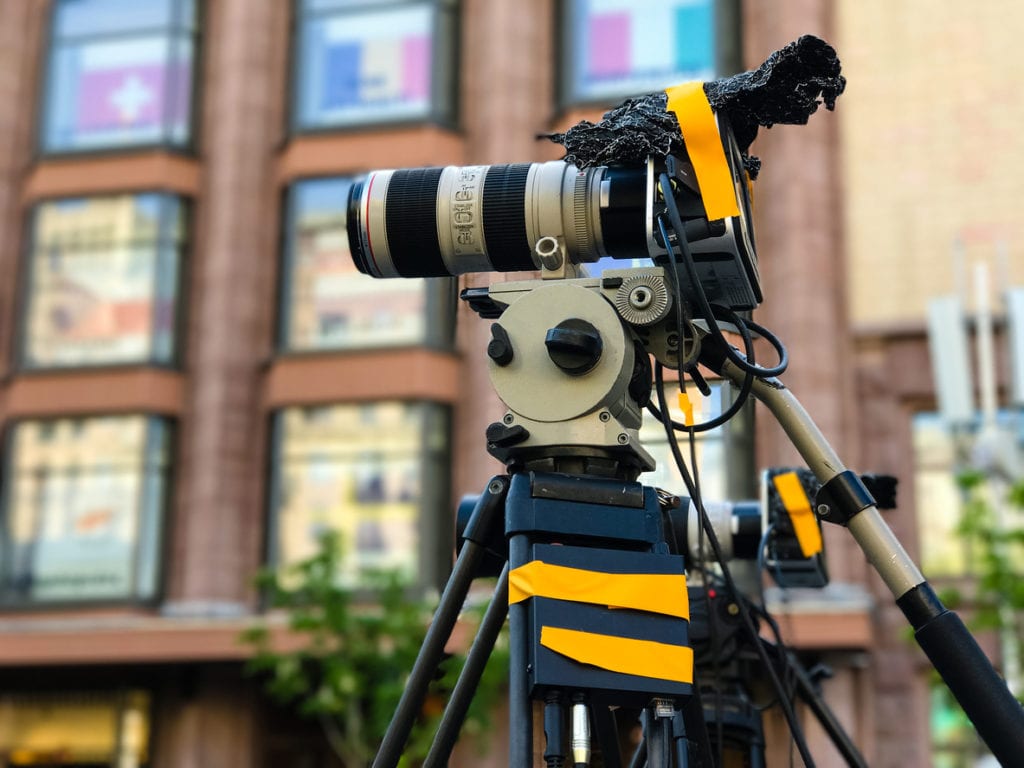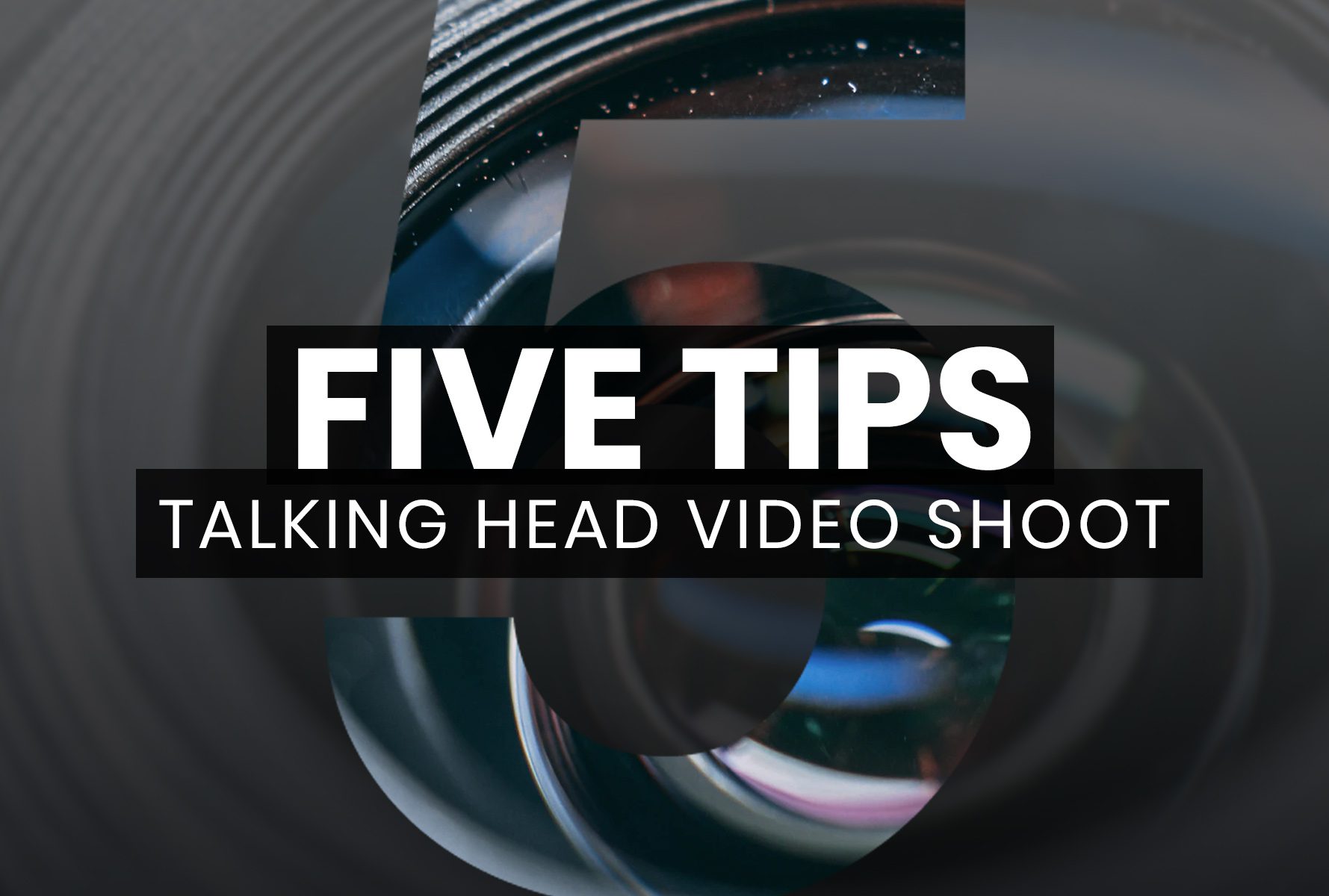These tips have been formulated based on some of the pitfalls we’ve experienced during talking head video shoots, and we hope this small checklist will help set you up for success.
- Book a meeting room or quiet place in the office.
Most people can sit through a mediocre filmed video, but they won’t watch a video with bad audio. It’s paramount that you find a quiet meeting room you can book out for the duration of the shoot, or find a quiet place in the office. However, if you do book a quite part of the office, you must tell the rest of the staff this area is off-limits during the shoot to avoid constant interruptions and unwanted background noise.
- Shooting outside

If you envision your shoot outside, there a couple of things you need to consider. The first being the weather forecast, if it’s windy you might need to find a location on the leeward side (the side of your building away from the wind) otherwise even the best of mic’s can struggle with diffusing the audio.
The second thing to consider is local traffic and construction as these noises are loud and pick up easily on microphones – we once filmed a video with 30 knots winds, cars, birds and aeroplanes. It was an awkward scene to capture with constant interruptions.
The third thing to consider is the time of day, shooting at midday on a sunny day is not the best lighting for the subject without loads of diffusion, this can be solved by filming in the shade, during the early morning or late afternoon.
- Scripts
If this is your subjects first time shooting this type of video, this might be a daunting experience. We recommend having your writing finalised ahead of the shoot. Once the final text is ready, it’s paramount you send it to both the videographer and the subject so they can familiarise themselves with the script.
- Teleprompters or Memorisation

Memorising a small script can be easy and the most natural way to film one of these types of videos, however, if the text is a long, there are a couple of tricks to improve the overall fluidness of script reading.
The first being a teleprompter, we use a small prompter that works with tablets and mobile phones, we film through the glass reflection of a teleprompter, giving the subject the text directly over the camera lens.
You can also print the script, but we find this one a bit tricky if the subject doesn’t have 20/20 vision – if taking this route we found the best place for the script is directly under the lens. Position of the subject should not be down the barrel but to camera right or camera left to reduce the apparent effect of script reading.
The third tip for script reading is to set up two-camera’s in different compositions. The subject only needs to remember parts of the script in byte-sized chunks (a sentence or paragraph at a time).
The use of the two cameras means you can start and stop a cut seamlessly without the subject needing to read the script correctly in one take.
- Time Management
And our last tip is a simple one, book more time then you need. Time pressures can often result in fumbles on words and mumbling due to quick reading.
So when booking people’s time, think about how long you think it will take and times it by two – you can never have too much time.
I hope you find these tips useful, but the most important thing is to have fun with it. If you have any questions, leave a comment or get in touch and we’d be happy to help.

